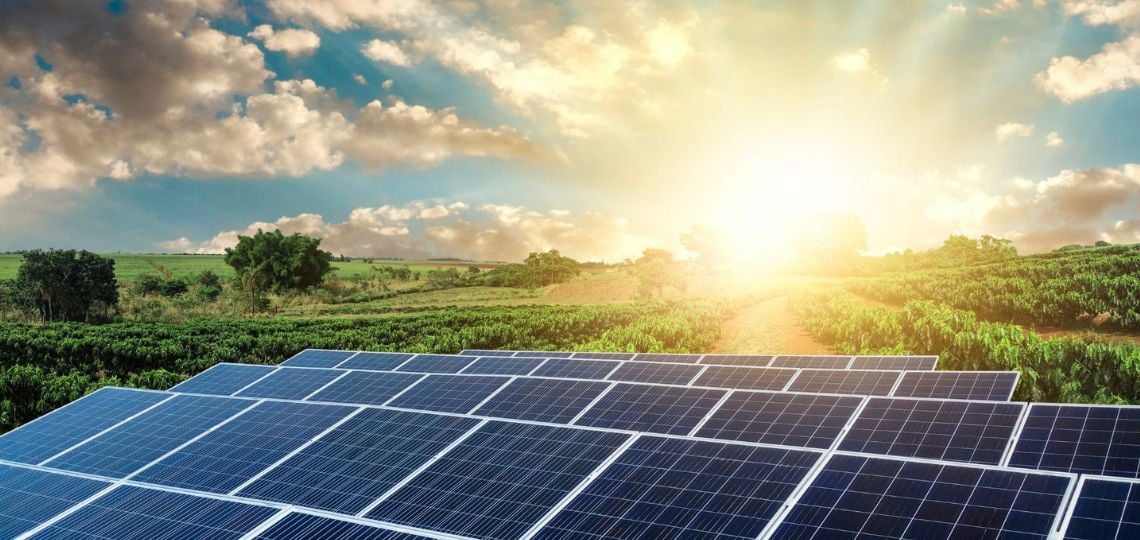Solar energy on the rise: Towards a world record of 593 GW in 2024
September 19, 2024

The solar energy sector is heading for a record year in terms of installed solar capacity, with forecasts indicating an increase to 593 gigawatts (GW) by the end of 2024.
This growth, which represents a 29% increase on the previous year, comes against a backdrop in which solar power continues to assert itself as the lowest-cost source of electricity worldwide.
The Ember think-tank, which specializes in the analysis of energy dynamics, points out that this trend is accompanied by a strong acceleration in installations in emerging markets, in addition to established ones. Data provided by Ember reveals that, up to July 2024, 292 GW of additional capacity has already been installed, an increase of 29% compared to the same period in 2023.
This dynamic demonstrates the sector’s resilience and adaptability in the face of economic and environmental challenges.
Euan Graham, electrical data analyst at Ember, says: “Once again, solar power is growing faster than expected, establishing itself as the world’s cheapest source of electricity.” This statement highlights not only the economic competitiveness of solar power, but also its growing role in the global energy transition.
Unprecedented global momentum
Forecasts for 2024 indicate that increases in solar capacity are set to exceed the total increase in coal-fired power generation capacity worldwide since 2010, which stands at 540 GW.
This development underlines a paradigm shift in the energy sector, where renewable energies, and solar power in particular, are taking center stage.
Countries such as China, the USA, India, Germany and Brazil are expected to account for 75% of capacity increases in the solar sector worldwide.
China continues to dominate the market, with a 28% year-on-year increase in solar capacity installations in the first seven months of the year.
At this rate, the country could install 334 GW of solar capacity, accounting for 56% of global increases by 2024.
This illustrates not only China’s capacity for innovation and investment in the renewable energy sector, but also its commitment to ambitious decarbonization targets.
Remarkable performance in other regions
India, meanwhile, is performing impressively, with capacity increases 77% higher than the previous year.
Forecasts estimate that the country could install 23 GW by the end of the year, reflecting strong political will and increased support for solar energy projects.
In the United States, capacity additions totalled 20 GW for the first half of the year, up 55% on the previous year.
This momentum is underpinned by favorable policies and growing investment in solar infrastructure.
Germany, meanwhile, has already exceeded its solar power capacity target for 2024, and is on course to meet its new target for 2026, as set out in its National Energy and Climate Plan.
This success is the result of a proactive energy transition strategy, which includes financial incentives and regulations favorable to the development of renewable energies.
Future prospects
The growth of solar energy brings with it challenges, particularly in terms of energy storage and integration into existing power grids.
Industry players must also navigate an ever-changing regulatory landscape, which can influence investment and long-term projects.
However, the current trend indicates a collective willingness to move towards sustainable, cost-effective energy solutions.
The outlook for the solar energy sector remains optimistic, with forecasts of continued growth in the years ahead.
Investment in research and development, and technological innovation, will play a crucial role in accelerating this transition.
Businesses and governments must work together to create an environment conducive to the expansion of solar capacity, while ensuring that the economic and environmental benefits are shared equitably.
Search
RECENT PRESS RELEASES
Related Post


